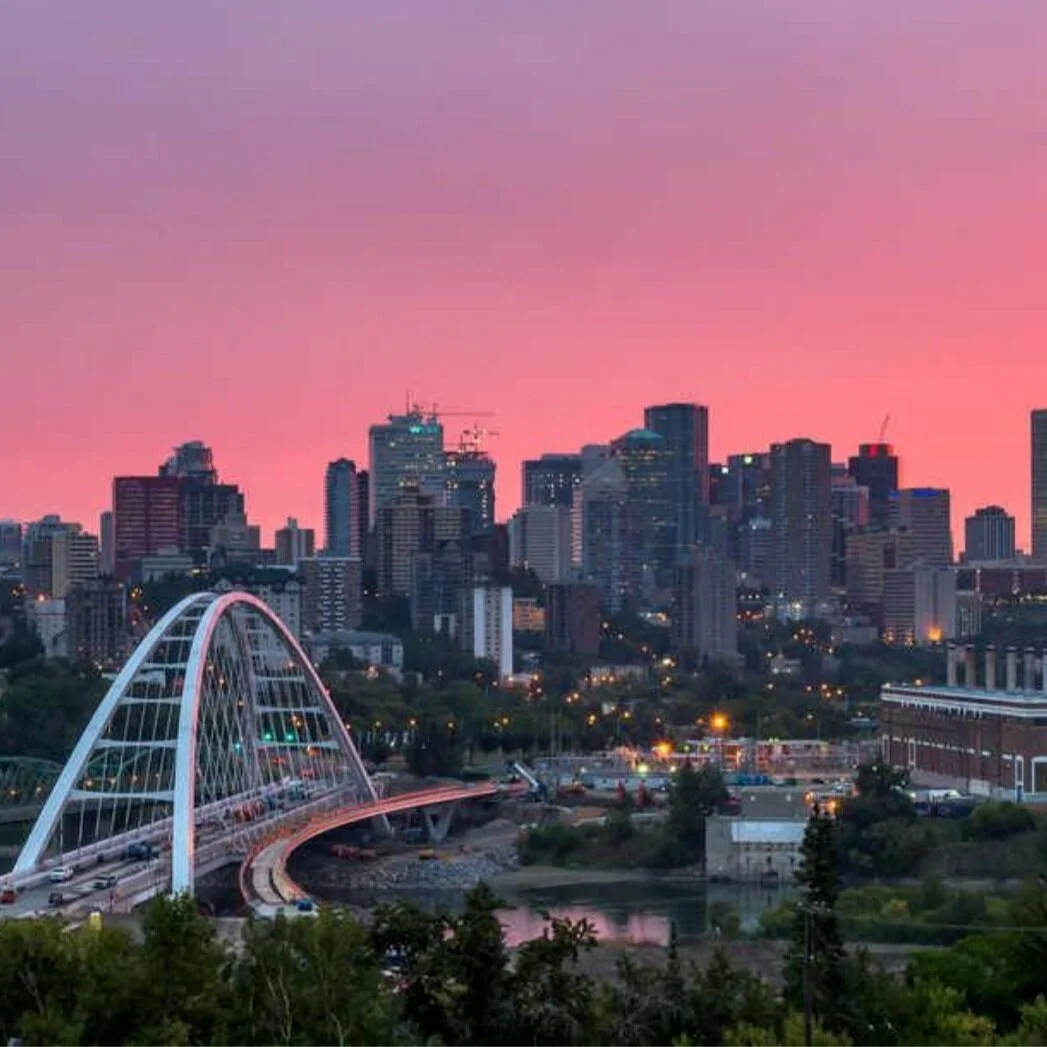Our Home on Native Land
VOLUME 1: WHAT’S IN A NAME?
IN THIS ISSUE
Our Home on Native Land
Firstly, let us respectfully acknowledge that Treaty 6 territory is the traditional gathering place, travelling route and home for many Indigenous Peoples including the Cree, Blackfoot, Métis, Nakota Sioux, Dene, Saulteaux, and many others whose histories, languages, and cultures continue to influence the vibrancy and wholeness of our community.
…
Canada has a very distinct global identity. We are inclusive, accommodating, free; but that identity is at odds with our history and contemporary realities. As settlers — or anyone who is not native to North America — there is a lot we are not taught about the history and foundations of our community. Stemming from the Huron-Iroquois word kanata, meaning “village” or “settlement”, Canada often fails to uphold or honour its Indigenous roots. Likewise, Edmonton was not always such, and was known as amiskwaciy-wâskahikan, or Beaver Hills House.
It is important to acknowledge the intersections of identity on this land, which has been home to endlessly diverse Indigenous Peoples since time immemorial. Names hold power, and acknowledging this power is part of living on this land — on Indigenous land. The most Canadian thing anyone can do is learn its history and honour the First Peoples, standing in solidarity with them. While our community strives to be a welcoming place for peoples from around the world, each of us — settlers, refugees, and immigrants — play a part in reconciliation, and uplifting kanata as much as we do Canada.

